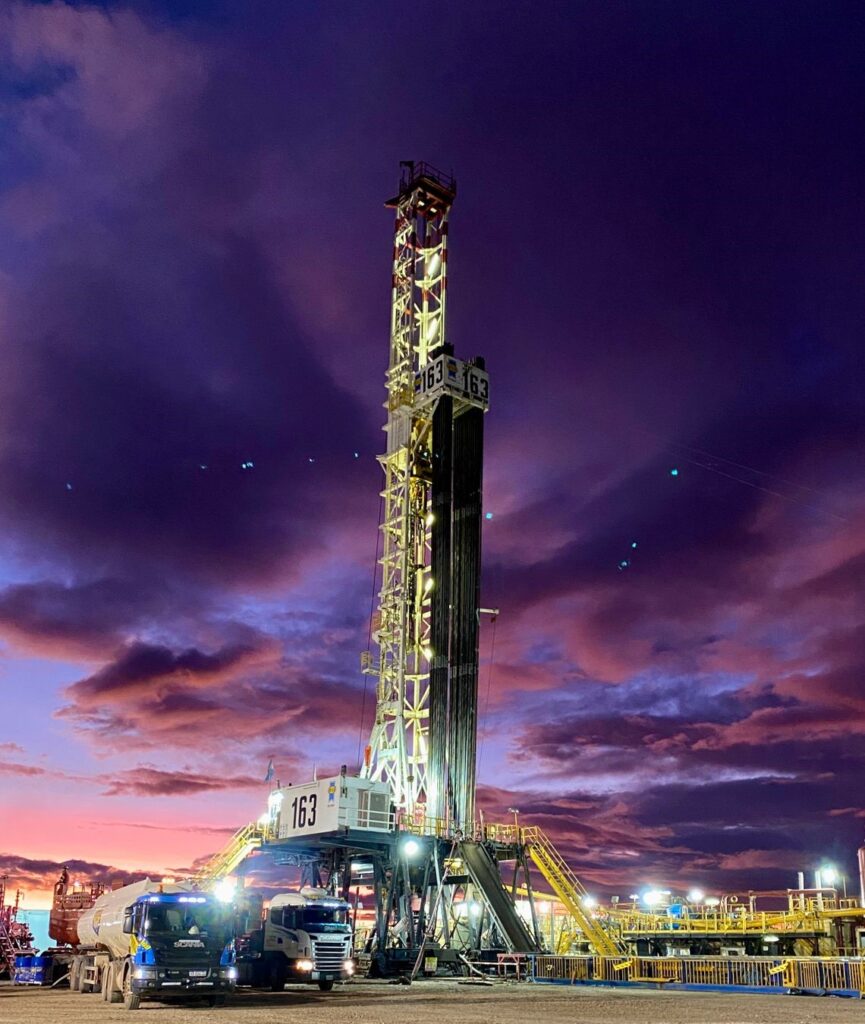Exploratory well in Santa Cruz province could lead to Vaca Muerta like boom
Argentina is set to usher in a whole new era of production and Stream-Flo will be right there at the ground floor.
The Palermo Aike shale play, located in the deep south of Argentina’s Santa Cruz province, is estimated to have 6.6 billion barrels of recoverable oil resources and is the second most important formation to be explored after Vaca Muerta.
In a partnership agreement, state-controlled YPF and oil company CGC are drilling an exploratory well in the area that is home to the Austral Basin. If all goes well, more will be on the way. Which very well could spell the next Argentinian oil boom.
Should that be the case, Stream-Flo would be very well poised to play a major part in it, after our Argentine team secured the initial wellhead order for the project.
The order, which will see us deliver four DMLX wellhead systems similar to the ones being used in Neuquén, but never before seen in Santa Cruz, could mark a watershed moment for our operations in South America’s second largest country, says Stream-Flo Argentina Country Manager Eduardo Riccieri.
“This is a very high-profile order and serves to solidify YPF’s trust in us as their preferred partner as this new shale play comes online,” said Riccieri through email. “YPF continues to expand their production plans across the country, and we continue to exceed their expectations, both through our products and people.”
Utilizing unconventional expertise
Applying the lessons learned in Vaca Muerta, YPF will be bringing its fracking experience to Palermo Aike, with the company saying in a press release that the exploratory project is a strategic opportunity to expand the unconventional frontier to other geographic areas of the country.
“With Vaca Muerta off and running, YPF is now setting its sights on places that can help it increase production output substantially,” said Riccieri. “Being able to unlock the Vaca Muerta reserves through horizontal drilling and fracking has opened a lot of eyes, and left previously discovered reserves thought too difficult to retrieve, wide open to being economically recovered.
“There’s a lot of optimism and excitement surrounding the Argentine energy industry right now,” concluded Riccieri.

